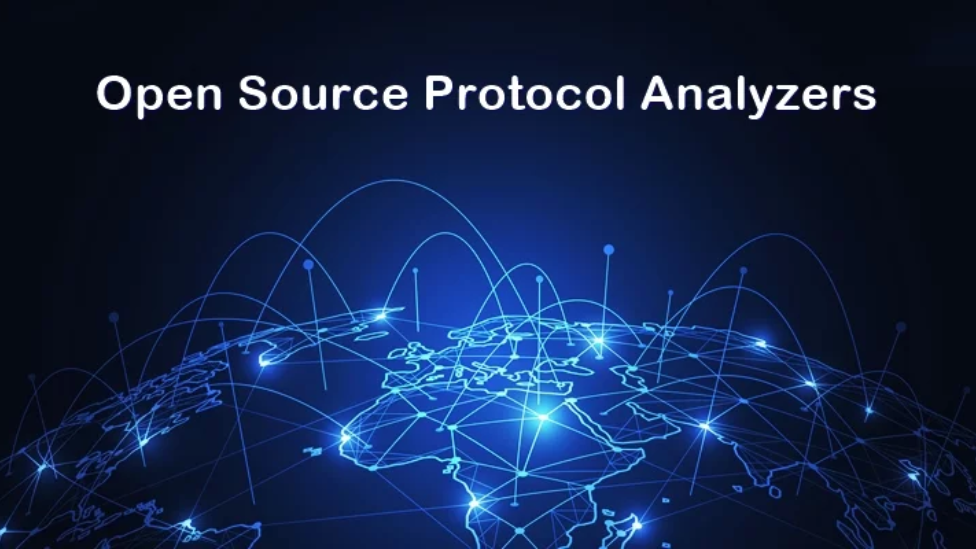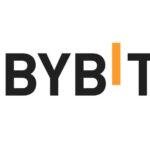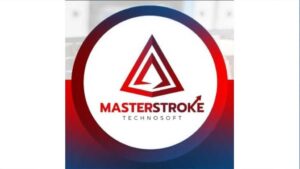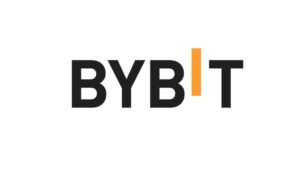Blockchain technology is altering the way we think about data storage and transactions in the digital world. The Graph stands out as a vital element that is essential to the operation of decentralized applications (DApps) among the many advances in this field. This article explores the concept of The Graph, shedding light on its inner workings and importance in the blockchain ecosystem.
What Is The Graph And How Does It Relate To Decentralized Applications (DApps)
Similar to Google, The Graph is an open-source technology housed on the Ethereum blockchain and made for indexing and querying. The Graph, also known as GRT, functions as a decentralized open-source API (Application Programming Interface), effectively giving developers access to on-chain data. The Graph’s major goal is to index data from many blockchains and make it easy for DApps to access, retrieve, and use. The Graph substantially improves the functionality and efficiency of DApps by making it easier to get particular data sets.
How Does It Work?
Blockchain technology powers the decentralized network of The Graph.
The Graph’s decentralized indexing protocol uses open-source APIs called subgraphs, which index data within a global blockchain graph in line with a user’s query. Because the subgraphs are transferable, programmers can rapidly and effectively query data using GraphQL, the language The Graph uses.
The Graph is accelerating the development of DApps on the blockchain network by giving developers a simple interface to access and query data stored on decentralized networks that can be difficult to query directly.
Uses Of The Graph as an Open-Source Protocol
The Graph has found a valuable application in the emerging decentralized finance (DeFi) field. It makes it easier for developers to access the blockchain network data used by DeFi applications.
The GRT allows users to develop NFTs, which are unique digital assets stored in blockchain networks. The Graph facilitates the creation of NFT markets and other NFT-related apps by enabling developer access to this data.
Also, it allows users to manage and store GRT tokens simply and safely using the Graph Wallet. The Graph Wallet, available for iOS and Android smartphones, allows users to engage with DApps that support GRT by storing, sending, and receiving GRT tokens.
The Graph now supports a steadily growing number of networks, giving users more flexibility in the use cases that can be addressed. The Graph has worked with Chainlink and Uniswap, two of the most important blockchain projects.
More Details About The Graph
The Graph, created by Jannis Pohlmann, Yaniv Tal, and Brandon Ramirez, is a relatively new entry into the market (established in 2018). Graph Protocol Incorporation, now known as Edge & Node, came up with the idea for and built The Graph’s ecosystem. Their objective was to establish a decentralized system that would make it simple for blockchain network developers to query and access data.
Takeaways
The Graph plays an essential role in the world of blockchain and decentralized applications. It improves the effectiveness, usability, and general performance of DApps by offering a decentralized indexing and query protocol. Because it is open-source, the blockchain community benefits from increased collaboration and innovation, which will help the decentralized ecosystem develop.




























